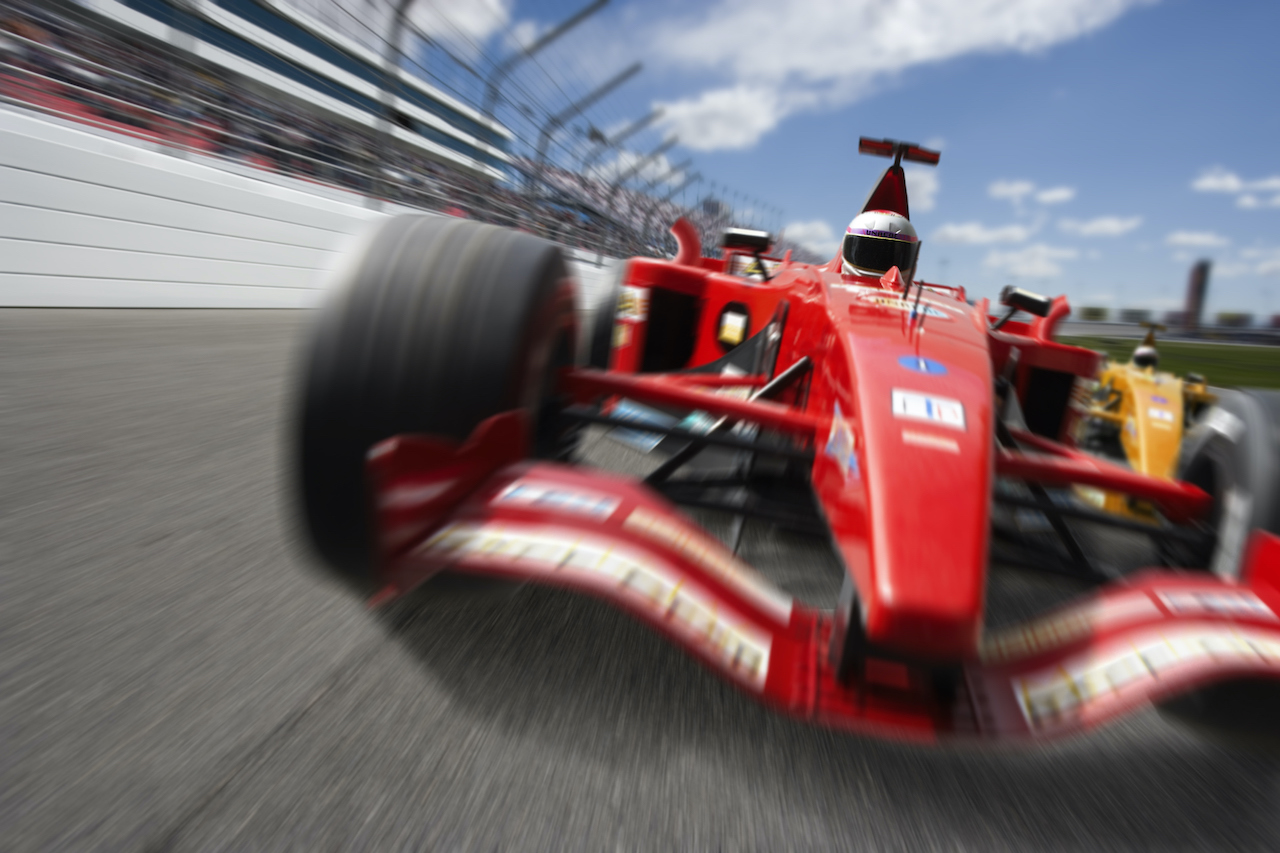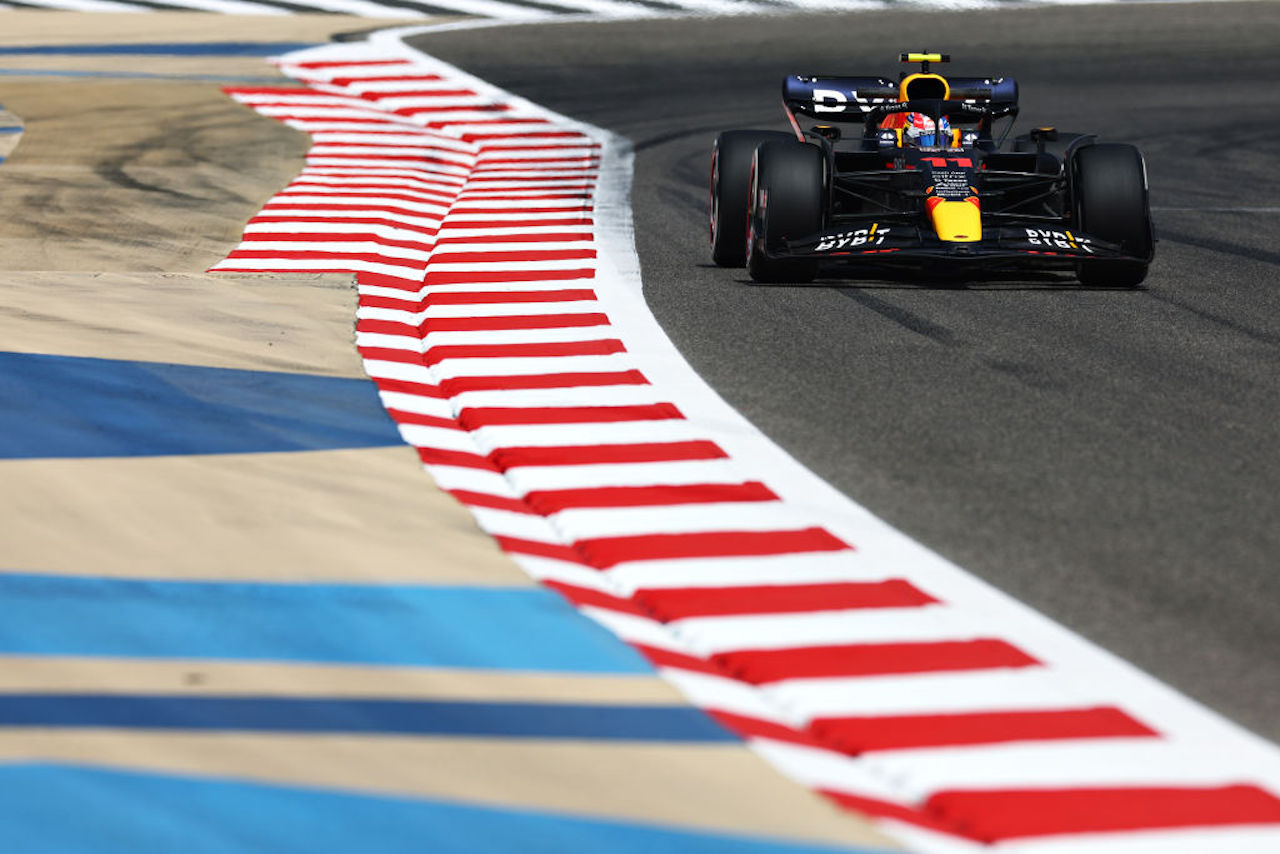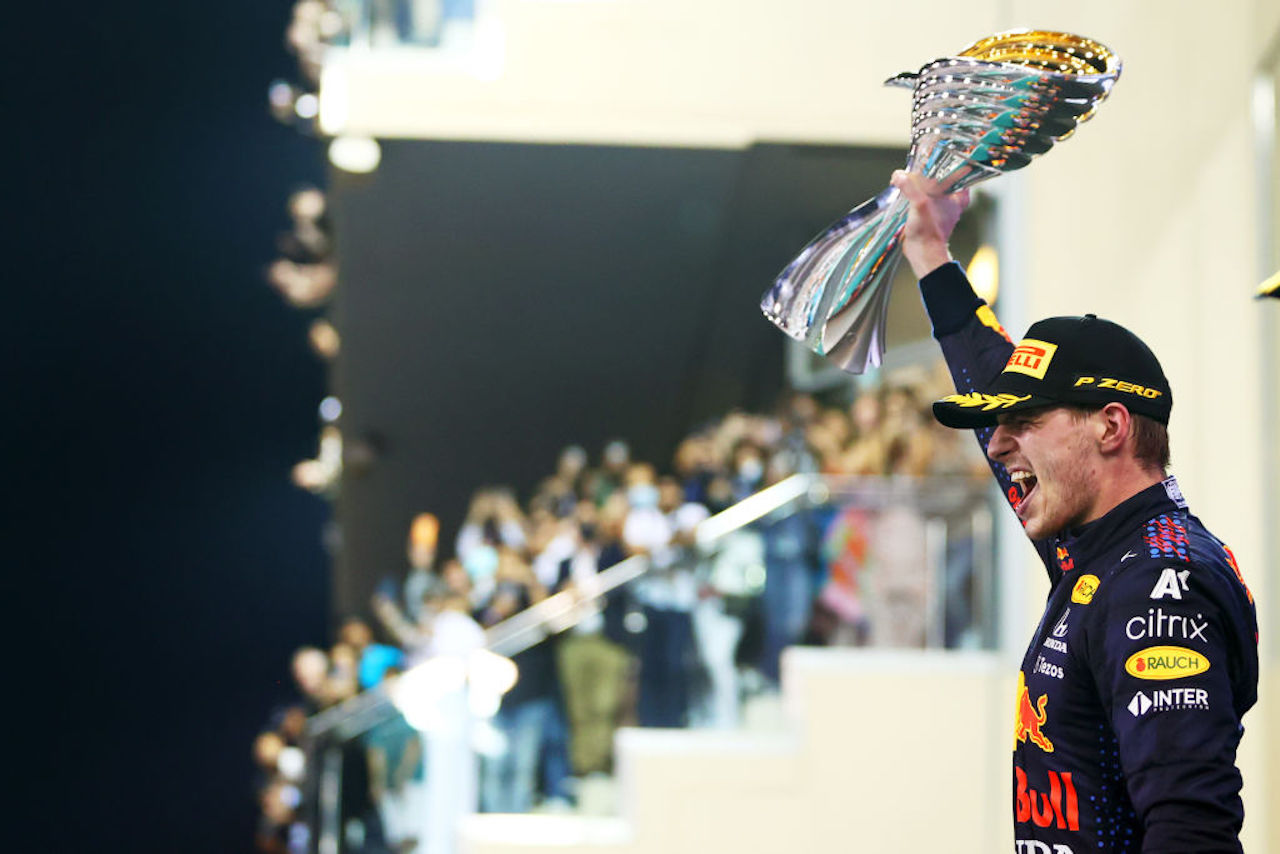Formula 1: Technology, format and F1 facts
Formula 1, or F1, is the world’s biggest and most popular motorsport — but what’s it all about?

Formula 1 is among the fastest, and most lucrative motorsports. Its status means it attracts the best drivers, the biggest car manufacturers, huge media attention and global audiences in the hundreds of millions.
Races take place on five continents and the season stretches across most of the year, according to the Formula 1 website. Formula 1 is a big, bold, high-tech circus, but it can be complicated if you’re not sure how F1 works. The first race of 2022 takes place in Bahrain on March 20 and this season will be the longest ever, with 23 races.
Formula 1 drivers
Ten teams —each with two drivers —will contest the 2022 campaign. According to Formula 1, Red Bull’s world champion, Max Verstappen, will drive alongside Sergio Perez. Mercedes will field seven-time world champion Lewis Hamilton alongside young driver George Russell, who joined the big leagues after impressing with the Williams team, the website reported.
Red Bull and Mercedes have dominated F1 for a decade, but the other teams hope that big changes to the 2022 cars will help them close the gap. The historic Ferrari team has excellent drivers in Charles LeClerc and Carlos Sainz but the team has struggled with a weaker car, according to the Formula 1 website. McLaren relies on British driver Lando Norris and Australian veteran Daniel Ricciardo, and they’ve been getting better every year.
Four-time world champion Sebastien Vettel drives for Aston Martin, and former world champion Fernando Alonso for Alpine. Some of the smaller teams hold big names, too: Alfa Romeo will field Valtteri Bottas, who was Lewis Hamilton’s teammate at Mercedes, and former Red Bull driver Alex Albon takes his talents to Williams. Mick Schumacher —the son of the legendary Michael Schumacher — will race for Haas, according to the Haas F1 team page.
These world-class drivers wrangle incredible cars. They’re the fastest open-wheel, single-seater racing cars around, and their aerodynamic design means they travel faster than some planes on take-off. F1 cars produce 5G of downforce so they can take corners at sensational speeds, and they race at more than 200mph, according to Autosport.
Inside an F1 race car
Why is it called Formula 1?
According to the book Britain’s Winning Formula, the term “Grand Prix” has been used for high-level motor-racing since 1901, and European racing used to be organised by a body called the AIACR. World War 2 stopped that, though, and a new organisation called the FIA was created to rebuild racing after the hostilities. By 1946, the FIA was planning a world championship —and by 1950, Formula 1 was ready to start, according to the book Formula 1: All The Races.
The term “Formula” represents a set of standards that every participating car must meet before they’re allowed to race, the Formula 1 website states. It was called Formula 1 because it’s the top tier of racing.
That principle is still in place today, where 2022’s cars all adhere to the same design basics, and this naming convention is also used for other types of racing, like Formula 2, Formula 3 and Formula Renault.
What to expect from an F1 weekend

Formula 1 races take place on Sundays and usually last about two hours. At these events, spectators get to see the world’s best drivers locked in intense on-track battles.
Formula 1, though, is not just about those Sunday races. It’s a travelling festival of motorsport, and you can watch days of on-track action in the lead-up to the main Sunday race.
Qualifying, which takes place on Saturdays, determines the starting order for the Sunday race. F1 uses two different qualifying formats: most Saturdays have an hour-long session where drivers push cars to the limit — because faster lap times mean a better starting spot on Sunday. In 2022, six circuits will host an alternative format called Sprint Qualifying, where a short race on the Saturday decides starting positions on Sunday, according to ESPN.
F1 weekends also feature practice sessions, with three on Friday and final practice on Saturday mornings. These are important: they give drivers and teams the chance to test different car setups, learn the circuit, and devise strategies.
How to win an F1 race

Formula 1 is a loud, thrilling battle between the world’s best drivers in the world’s most advanced racing cars — and good drivers win the races.
It’s not just about the driver, though. Teams spend millions of pounds developing their cars, according to Forbes. And while every F1 team must adhere to strict regulations to ensure fair racing, teams with the biggest budgets and best engineers develop better components and produce faster, more reliable cars.
Success in F1 involves strategy, too, according to Motorsport. Teams use different tyres during races: softer tyres provide more grip but deteriorate quickly, while harder tyres have less grip but last longer, according to Red Bull. No tyres last for a full race, though, so teams must decide when to stop their cars to fit a new set. This is called a pit-stop. While they cost time, pit-stops can allow teams to gain strategic advantages.
They’ve also got to consider the weather, because rain dramatically alters a race: it changes which tyres work well, and can determine whether a driver thrives or struggles.
After the race
The top ten drivers in each F1 race receive points —the winner gets 25, the second-place driver gets 18, and amounts decline further, according to Motorsport magazine. The driver with the fastest lap during the race gets an extra point.
Those points decide each year’s drivers’ champion. According to Formula 1, last year, Max Verstappen scored 395.5 points while Lewis Hamilton was eight points behind. The points scored by each team’s drivers are combined to decide who wins the team’s championship. Mercedes won in 2021 with 613.5 points thanks to Lewis Hamilton’s 387.5 points and the 226 scored by Valtteri Bottas —with Red Bull 28 points behind.
Additional resources
For the latest Formula 1 updates, go to Formula 1’s website homepage. Additionally, you can watch this short video to learn more about the history of the sport.
Bibliography
Beck-Burridge, M., & Walton, J. “Regulations for Individual Competitors, Safety for Spectators by the Thousand”. Britain’s Winning Formula: Achieving World Leadership in Motorsports (2000).
Smith, R. (2016). Formula 1: All The Races. Evro Publishing
Sign up for the Live Science daily newsletter now
Get the world’s most fascinating discoveries delivered straight to your inbox.
Mike is a freelance technology journalist and consultant who is fascinated with gaming, futuristic technology and motorsport. Previously, Mike has worked as a writer for PC Pro magazine writing and published articles on technology for many other media outlets, including TechRadar, Wired, PC Advisor, Stuff, The Inquirer and Red Bull Gaming.











